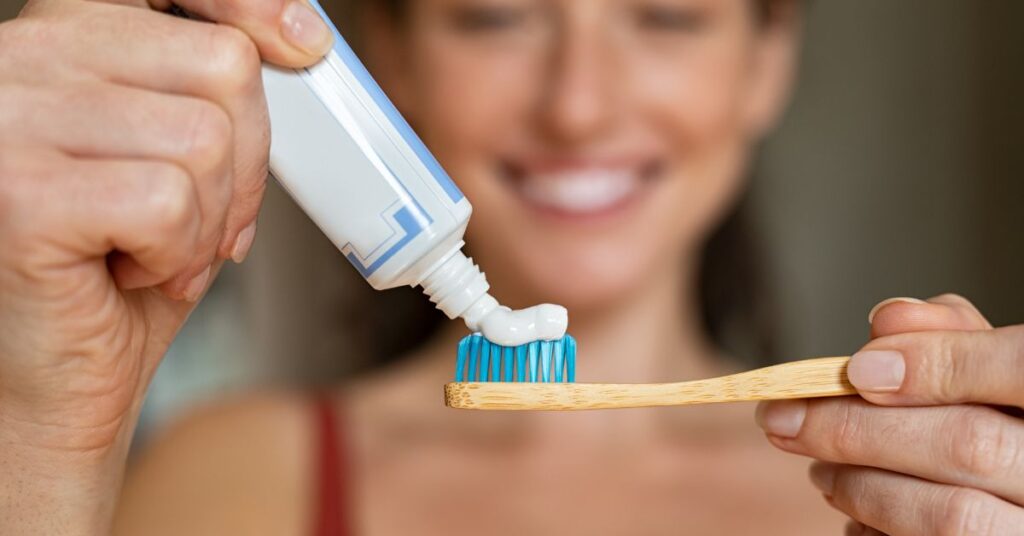
Understanding the Importance of Oral Care
Good oral hygiene is crucial for maintaining overall well-being. Oral health is not only about having healthy teeth and gums; it plays a significant role in the body’s overall health. The mouth serves as a gateway to the body, and maintaining proper oral care can have a positive impact on various systems in the body. To achieve excellent oral health, the right toothbrush and toothpaste are essential components of an effective oral care routine.
Choosing the Right Toothbrush
Assessing Toothbrush Bristles and Head Size
Selecting the right toothbrush involves considering factors like bristle type (soft, medium, or hard) and head size. Soft bristles are gentle on the gums and tooth enamel, making them suitable for most individuals. Medium bristles may be appropriate for those who require a bit more plaque removal, but hard bristles should be used with caution to avoid gum damage. The toothbrush head size should be comfortable and allow easy access to all areas of the mouth.
Manual vs. Electric Toothbrushes: Pros and Cons
Both manual and electric toothbrushes have their advantages. Manual toothbrushes are affordable and straightforward to use, making them ideal for travel. On the other hand, electric toothbrushes have proven to be more effective in removing plaque and maintaining gum health. They often come with timers and pressure sensors to ensure optimal brushing. However, the choice between manual and electric toothbrushes ultimately depends on individual preferences and needs.
Toothbrush Features and Innovations
Modern toothbrushes come with various features and innovations to enhance oral care. Some toothbrushes have built-in tongue cleaners, which can help improve oral hygiene further. Pressure sensors are available in some electric toothbrushes to prevent aggressive brushing, reducing the risk of gum irritation. Timers encourage individuals to brush for the recommended two minutes. When choosing a toothbrush, individuals should consider which features align with their oral health goals.
Understanding Toothpaste Options
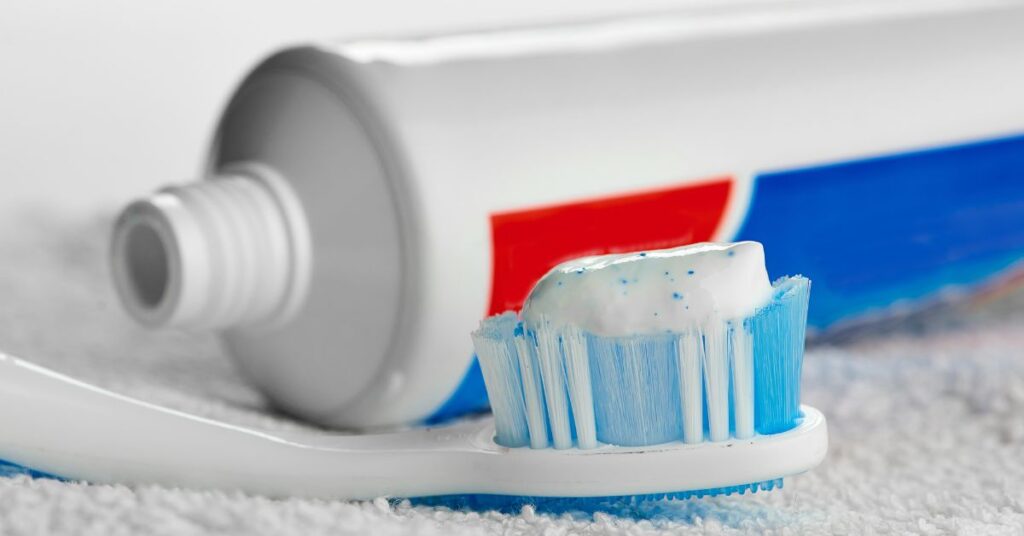
Evaluating Toothpaste Ingredients
Toothpaste contains various ingredients that contribute to oral health. The most common and essential ingredient is fluoride, which helps prevent tooth decay by strengthening tooth enamel. Desensitizing agents in toothpaste can alleviate tooth sensitivity. Other ingredients may target specific oral health concerns, such as tartar control or whitening agents.
Different Types of Toothpaste and Their Uses
Toothpaste options cater to various needs and preferences. For those with sensitive teeth, toothpaste designed for sensitivity can reduce discomfort and pain. Whitening toothpaste uses mild abrasives or chemical agents to remove surface stains, providing a brighter smile. Natural and herbal toothpaste options are available for individuals who prefer more organic ingredients.
Choosing Toothpaste for Children
Children have unique dental needs, and choosing the right toothpaste is essential for their oral health. Children’s toothpaste should contain a lower concentration of fluoride to prevent fluorosis while still protecting their teeth from cavities. Fun flavors and packaging can encourage children to maintain a consistent oral care routine.
Understanding the Role of Mouthwash
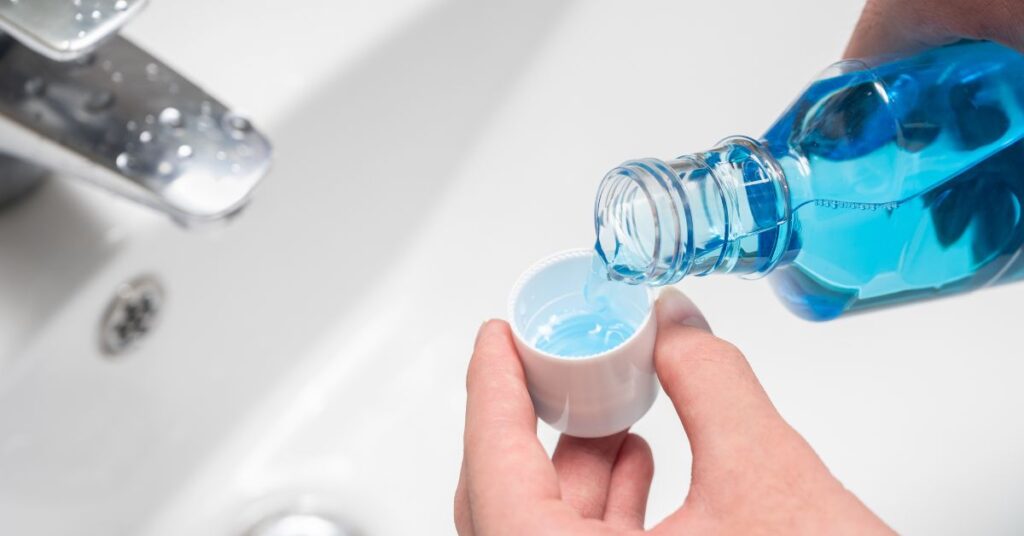
Benefits of Using Mouthwash in Oral Care
Mouthwash is a valuable addition to daily oral care routines. It complements brushing and flossing by reaching areas that toothbrushes cannot easily access. Mouthwash comes in various types, including antibacterial and fluoride-based variants, offering different benefits such as killing bacteria and strengthening tooth enamel.
When to Use Mouthwash and When to Avoid It
Incorporating mouthwash into an oral care routine can improve oral health. However, there are specific instances where mouthwash may not be suitable. For example, children should use mouthwash under adult supervision to avoid accidental swallowing. Individuals with certain medical conditions or sensitivities may need to seek professional dental advice before using mouthwash.
Evaluating Interdental Cleaning Options
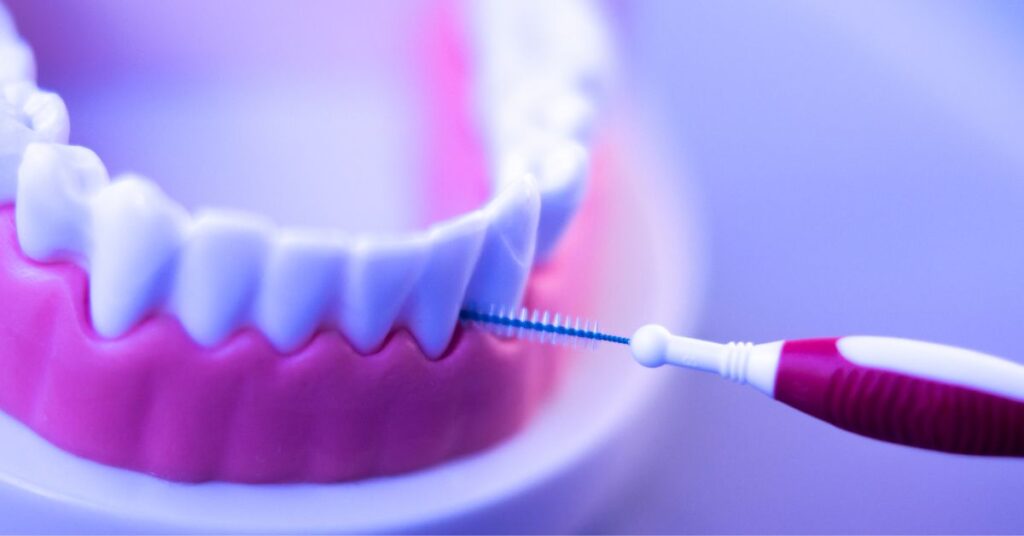
The Importance of Interdental Cleaning
Toothbrushes cannot fully clean the spaces between teeth, making interdental cleaning necessary. Interdental cleaning plays a crucial role in plaque removal, gum health, and cavity prevention. Incorporating interdental cleaning tools into an oral care routine ensures comprehensive oral hygiene.
Exploring Interdental Cleaning Tools
Dental floss is a traditional and essential interdental cleaning method. It effectively removes plaque and debris between teeth. Interdental brushes are another option for those with larger interdental spaces or orthodontic appliances. Dental picks and water flossers provide additional choices for interdental cleaning, catering to different preferences and needs.
Considerations for Braces and Dental Appliances
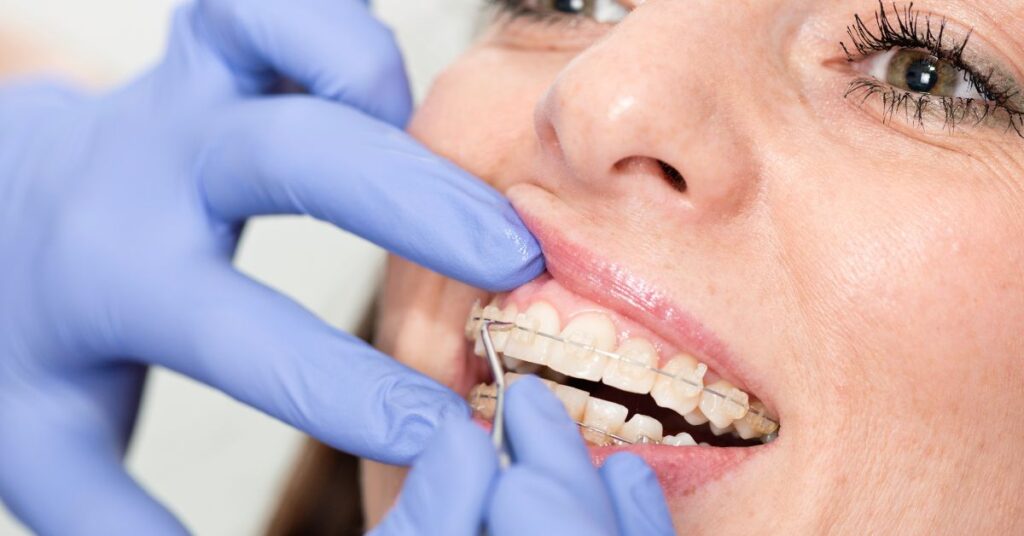
Oral Care Challenges with Braces
Maintaining oral hygiene becomes more challenging with braces, as they can trap food particles and plaque. Proper oral care is essential during orthodontic treatment to prevent tooth decay and gum issues. Special considerations and techniques are necessary for cleaning around braces effectively.
Choosing the Right Oral Care Products for Dental Appliances
Interdental cleaning tools and toothbrush selection are crucial for individuals with dental appliances. Orthodontic patients should use tools like floss threaders or interdental brushes to clean between brackets and wires. The right toothbrush can help reach all areas of the mouth effectively, ensuring thorough cleaning with dental braces.
Conclusion
The selection of the right toothbrush and toothpaste plays a significant role in maintaining optimal oral health. By understanding different oral care products and their features, individuals can personalize their oral care routine to meet their specific needs.
